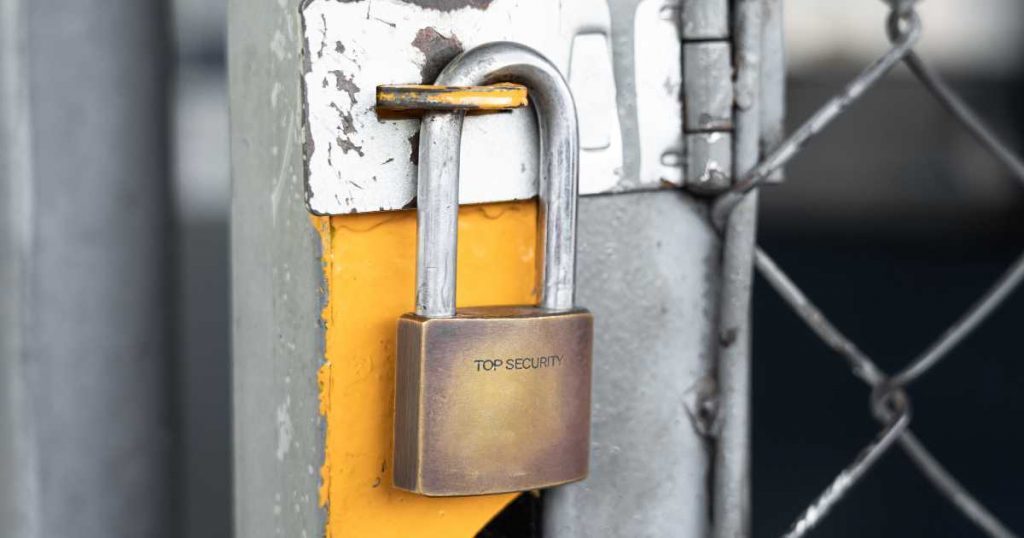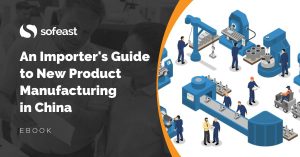Several customers have asked us for help with buying electronic components in advance recently.
If you purchase electronics from China, you have certainly noticed that prices have kept rising, and in some cases, the lead times are 6 months or longer. Some companies have stopped producing and are waiting for the insanity to stop, but most others have to keep supplying their customers.
The question in their minds is ‘how much worse is it going to get?’
I thought I’d share some advice on this topic.
Option 1: have your current supplier buy those components now
It means you send the money to your supplier now, they buy the parts that will be needed for the next 3-12 months, and they keep it in inventory.
It is the “normal” approach in China. Your supplier can declare everything as purchases on which they paid VAT, and then can then export and get the VAT rebate.
However, it comes with a few very big downsides.
- You send a lot of advance payment to a supplier that you may not want to keep working with for a long time. If they mess up with quality, you have no leverage to get them to react appropriately (e.g. rework, replace a component, or reproduce the whole thing).
- What if they are short on cash at one point? The boss may be very tempted to sell some of YOUR components and make a bet (“I will be able to re-purchase them later, maybe even cheaper”).
- Electronic components can represent a very high sum of money. Do you want it stored in a warehouse with unknown security measures? And do they even have insurance against damages, fire, etc.?
I am sure a well-crafted and enforceable agreement can help reduce these risks. However, the less established the supplier, the less likely I’d be to advise taking this approach.
Option 2: purchase those components yourself and keep them in a safe warehouse
You can purchase these components yourself and have them stored in China, in the warehouse of a third party you trust.
Or that third party can be paid to purchase those components.
The process here is relatively straightforward. The parts can be yours, in consignment, for example.
But your supplier may not accept this, as it may break the conditions necessary to get the VAT rebate. This has to be discussed with them.
An extra benefit of this setup is a big gain in transparency & control:
- The third party will usually be happy to share the sources of the components they buy. Their business model, hopefully, is not based on keeping information secret, as is too often the case with ODM & OEM suppliers.
- They can also make sure the parts they receive are genuine. For example, when we do that, we double-check if the packaging is still sealed. And we sometimes assemble a small batch (say, 10 pcs) to make sure it all works well together.
Option 3: see if alternative components can be used
This is a tricky proposition for electronic products. If they have been designed and tested (and often certified) with a certain part, changing a key component means a redesign and a lot of extra costs.
It is less of a concern for non-key components. Having a backup when the ‘original’ becomes out of reach is quite convenient.
Any tips to share from your experiences?
How about you, what have you done to reduce your exposure to future price increases? Do you have any tips to share about buying electronic components in advance? Let me know in the comments!
Are you designing, or developing a new product that will be manufactured in China?
Sofeast has created An Importer’s Guide to New Product Manufacturing in China for entrepreneurs, hardware startups, and SMEs which gives you advance warning about the 3 most common pitfalls that can catch you out, and the best practices that the ‘large companies’ follow that YOU can adopt for a successful project.
It includes:
- The 3 deadly mistakes that will hurt your ability to manufacture a new product in China effectively
- Assessing if you’re China-ready
- How to define an informed strategy and a realistic plan
- How to structure your supply chain on a solid foundation
- How to set the right expectations from the start
- How to get the design and engineering right
Just hit the button below to get your copy (please note, this will direct you to my company’s website Sofeast.com):


